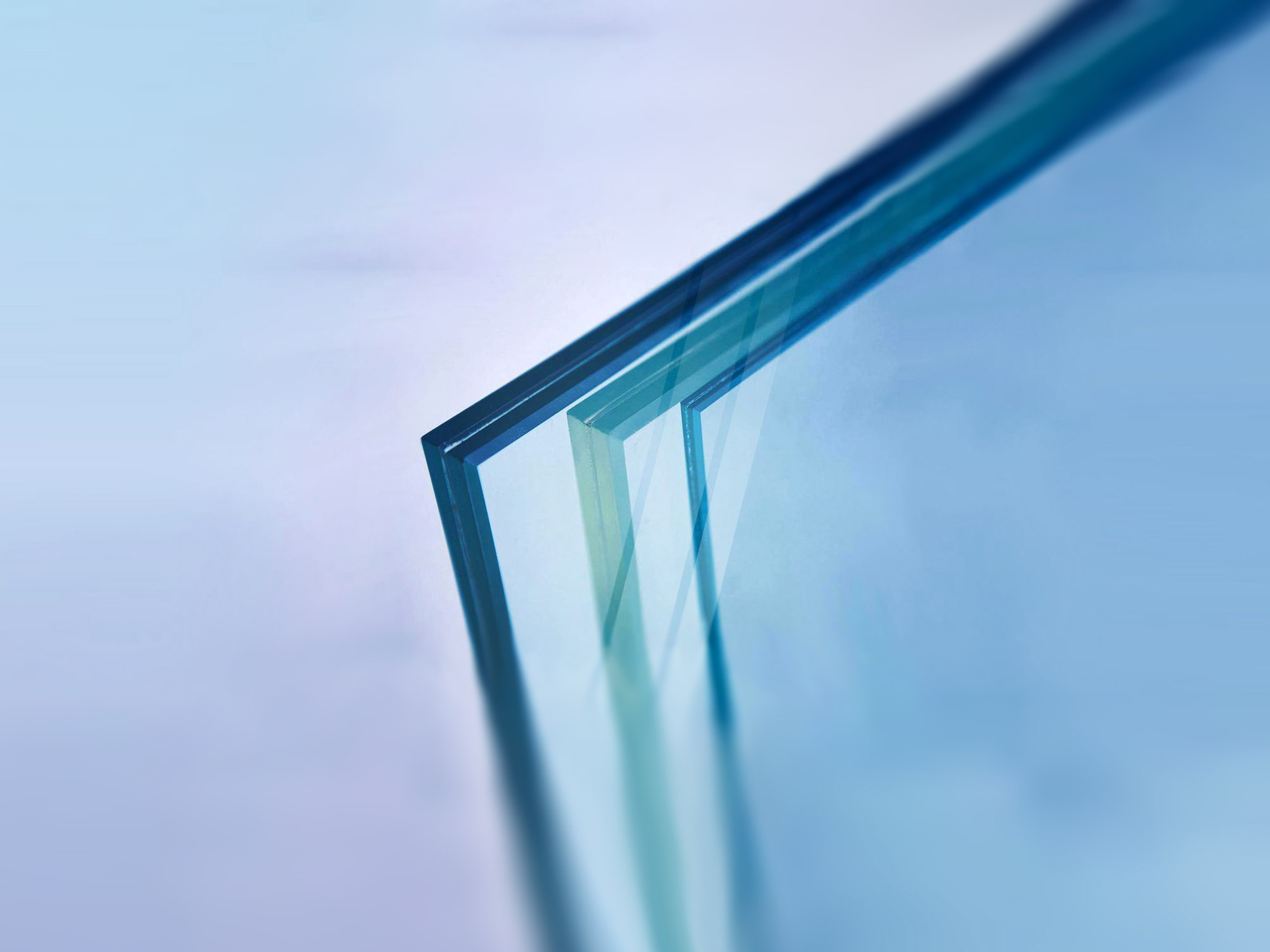

Installing Low-E Glass A Comprehensive Guide
When it comes to energy efficiency in construction and renovations, Low-E (Low Emissivity) glass is an outstanding choice. This specialized glass is designed to reflect heat back into the interior of a building while allowing sunlight to filter in, effectively regulating indoor temperature and reducing energy costs. As homeowners and builders seek sustainable solutions, understanding how to properly install Low-E glass becomes crucial. This article outlines the steps involved in installing Low-E glass and highlights the importance of professional assistance to ensure optimal results.
What is Low-E Glass?
Before diving into the installation process, it’s essential to know what Low-E glass is. Low-E glass is coated with a microscopic layer of metallic oxides. This coating minimizes the amount of infrared and ultraviolet light that can pass through the glass without compromising the amount of visible light that enters a space. This characteristic makes Low-E glass an ideal option for windows, skylights, and other applications where heat retention and natural light are desired.
Preparation for Installation
1. Gather Tools and Materials Before starting the installation process, ensure you have all necessary tools and materials. You’ll need a measuring tape, level, caulking gun, Low-E glass panels, weatherstripping, and safety gear such as gloves and goggles.
2. Measure Openings Accurately measure the window or door openings where the Low-E glass will be installed. Ensure the dimensions allow for a snug fit to prevent air leaks. It's advisable to take multiple measurements to account for any inconsistencies.
3. Choose the Right Low-E Glass There are various types of Low-E glass available, each suited for different climate conditions and building designs. Consult with a professional or a manufacturer to choose the right type for your specific project.
Step-by-Step Installation Process

1. Remove Existing Glass (if applicable) If you're replacing existing windows, carefully remove the old glass. Use a flat pry bar to peel away any molding or trim surrounding the window frame. Take care not to damage the frame, as it may be reused.
2. Clean the Frame Once the old glass is removed, clean the frame thoroughly. Remove dust, debris, and old caulk to ensure a clean surface for the new installation. A clean surface allows for better adhesion and sealing.
3. Install Weatherstripping Apply weatherstripping around the window frame to help seal any gaps. This step is essential to improve insulation and prevent air leaks.
4. Secure the Low-E Glass Carefully place the Low-E glass pane into the frame. Ensure it sits evenly and securely. Use a level to confirm that it is straight. Once positioned correctly, use glazing points or clips to hold the glass in place.
5. Seal the Edges After securing the glass, apply a high-quality silicone or latex caulk around the edges. This will create a waterproof barrier and enhance the energy-saving properties of the Low-E glass. Smooth the caulk with a caulking tool or your finger for a clean finish.
6. Reattach Trim If you removed any trim or molding, reattach it after ensuring the glass is properly sealed and secured. This adds to the aesthetic appeal and provides additional support.
7. Clean Up Finally, clean the surface of the Low-E glass with a soft cloth to remove any fingerprints or smudges. Make sure that the installation site is free of debris.
Conclusion
Installing Low-E glass can greatly enhance a building’s energy efficiency, contribute to comfort, and reduce utility costs. While the process can be straightforward for experienced DIYers, consulting a professional or hiring an expert for installation is advisable to ensure the best results. Proper installation is key to maximizing the benefits of Low-E glass, as improper techniques could lead to air leaks and reduced performance. By investing in quality materials and skilled workmanship, you can enjoy the long-term advantages of Low-E glass in your space.